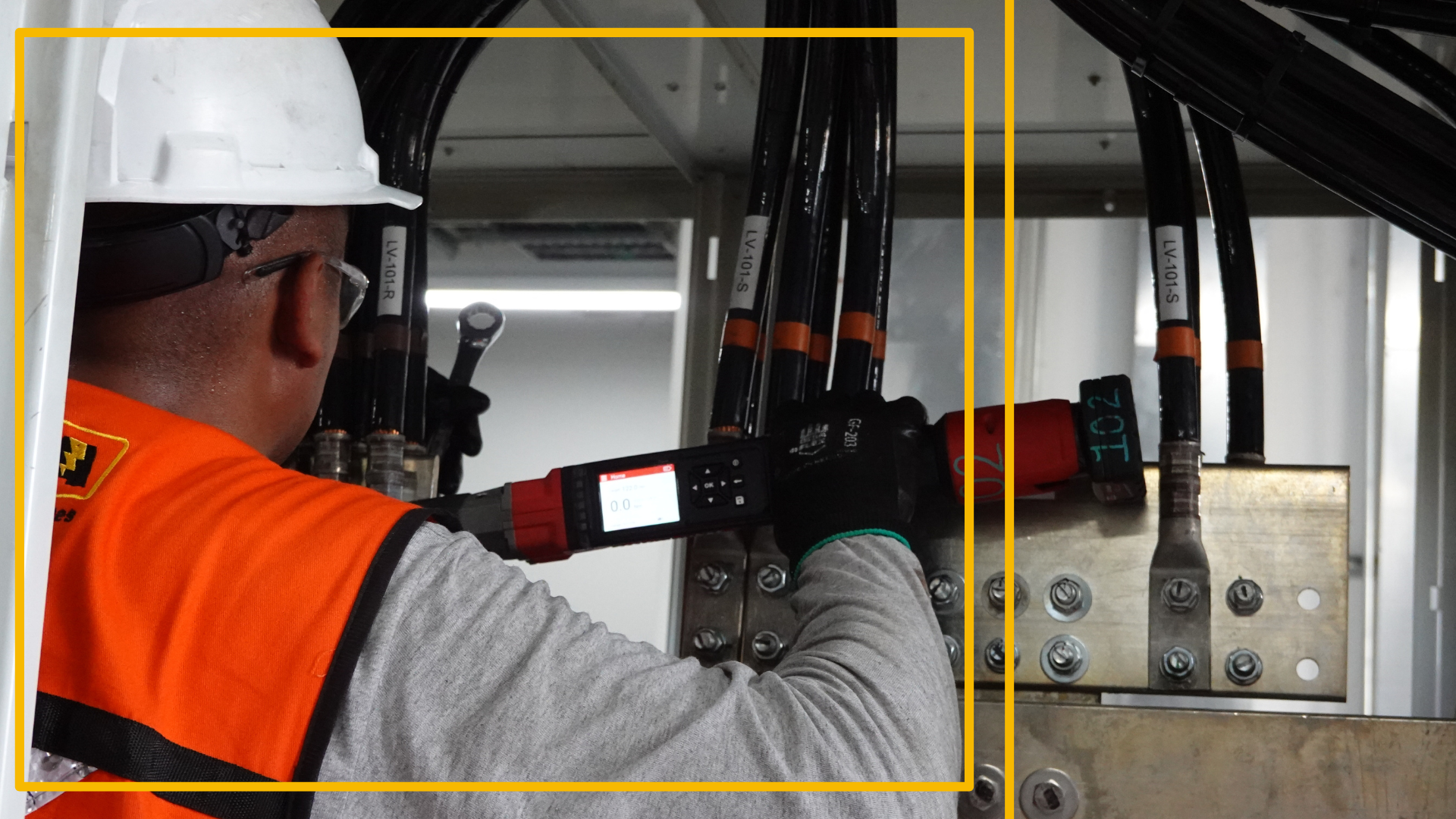Comply with the Grid Code
3 de diciembre de 2024
Comply with the Grid Code
The Grid Code is mandatory for all participants in the electricity market, but it primarily affects energy generation, transmission, and distribution companies, as well as large consumers such as industries and large-scale businesses. Non-compliance with the Grid Code can lead to severe consequences, including fines and, in critical cases, suspension of electricity supply.
This is particularly detrimental for businesses, as any interruption in service can significantly impact their operations.To comply with the Grid Code, companies must have trained personnel, adequate infrastructure, and specific procedures in place to ensure their systems meet regulatory standards. This may involve upgrading equipment and implementing monitoring and control systems.

Adhering to the Grid Code not only helps avoid penalties but also provides numerous benefits for companies and the overall electrical system. A system that operates under the guidelines of the Grid Code ensures better service quality, preventing outages and failures in the electrical grid. This reliability is crucial for competitiveness and productivity.
By complying with the Grid Code, companies can operate with confidence that their electricity supply is stable and secure, minimizing risks to their employees and facilities. Compliance also optimizes the use of electrical resources, leading to energy savings that benefit both the environment and reduce long-term operational costs.
Implementing the Grid Code may seem challenging; however, with proper planning, the process can be more manageable than expected. The first step involves assessing current infrastructure to identify necessary improvements or changes. This initial evaluation helps determine how close or far a company is from meeting the Grid Code requirements.
Once areas for improvement are identified, it is essential to upgrade electrical equipment and systems to comply with regulations. This might include installing energy quality monitoring systems and protective devices. Continuous compliance requires that personnel are trained in the necessary procedures and standards, including operators and maintenance teams.

Like any regulation, the Grid Code presents challenges, especially for companies that have not yet adapted their infrastructure to current demands. Compliance may entail significant costs, particularly if a comprehensive upgrade of electrical infrastructure is needed. Additionally, some technical equipment can be expensive or hard to source.
Training staff is a critical aspect, and not all companies have the time or resources to provide adequate training. Despite these challenges, the Grid Code also opens doors to new opportunities, such as innovations in energy-efficient equipment and advanced technologies for monitoring and optimizing electricity consumption.
The Grid Code represents more than just a set of regulations; it embodies a commitment to quality, safety, and efficiency within Mexico's electrical system. For businesses, it signifies an investment in sustainability and long-term competitiveness. Complying with the Grid Code not only ensures access to reliable electricity supply but also contributes to a more stable and secure energy future for the country.
También te puede interesar






